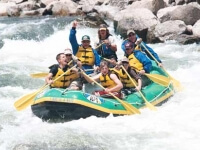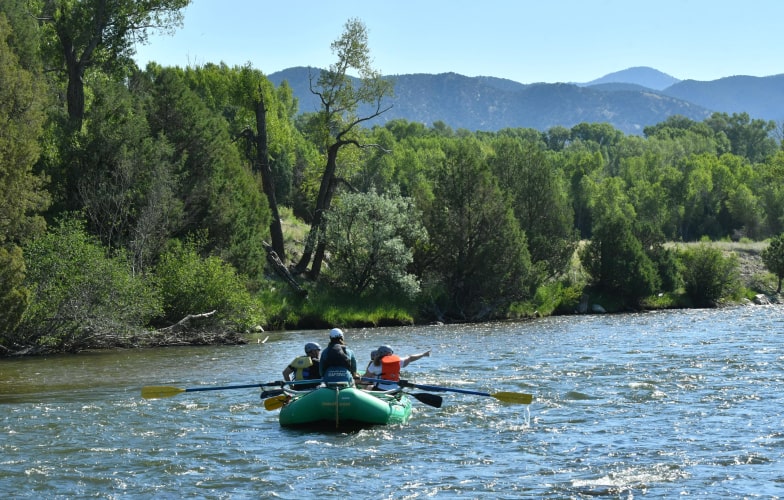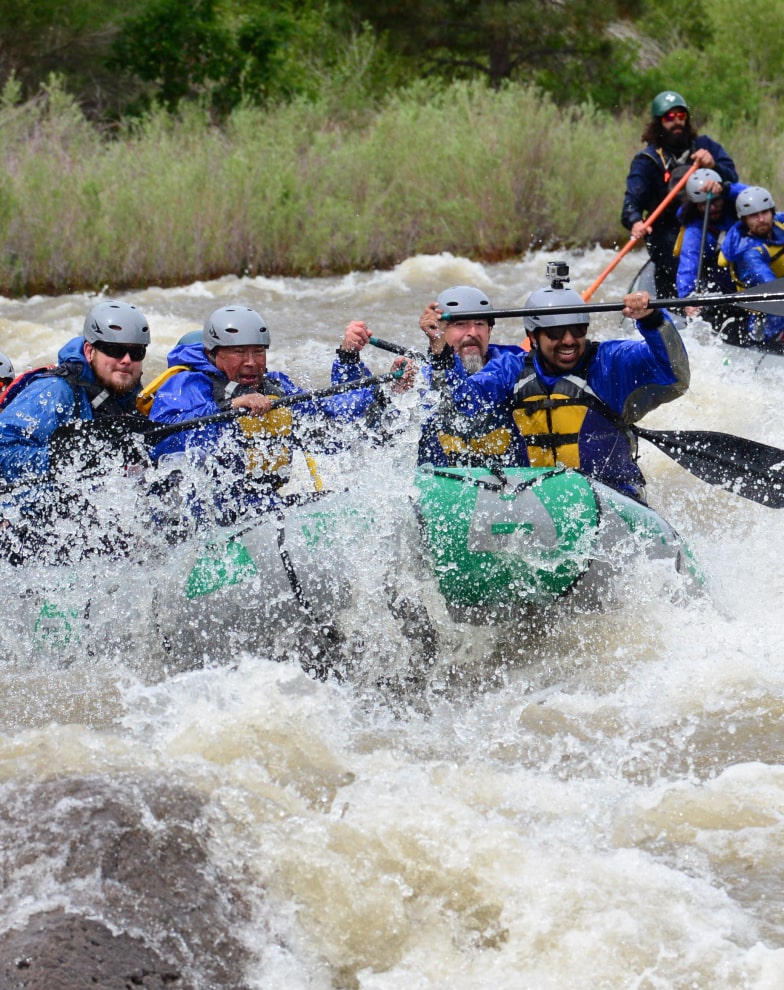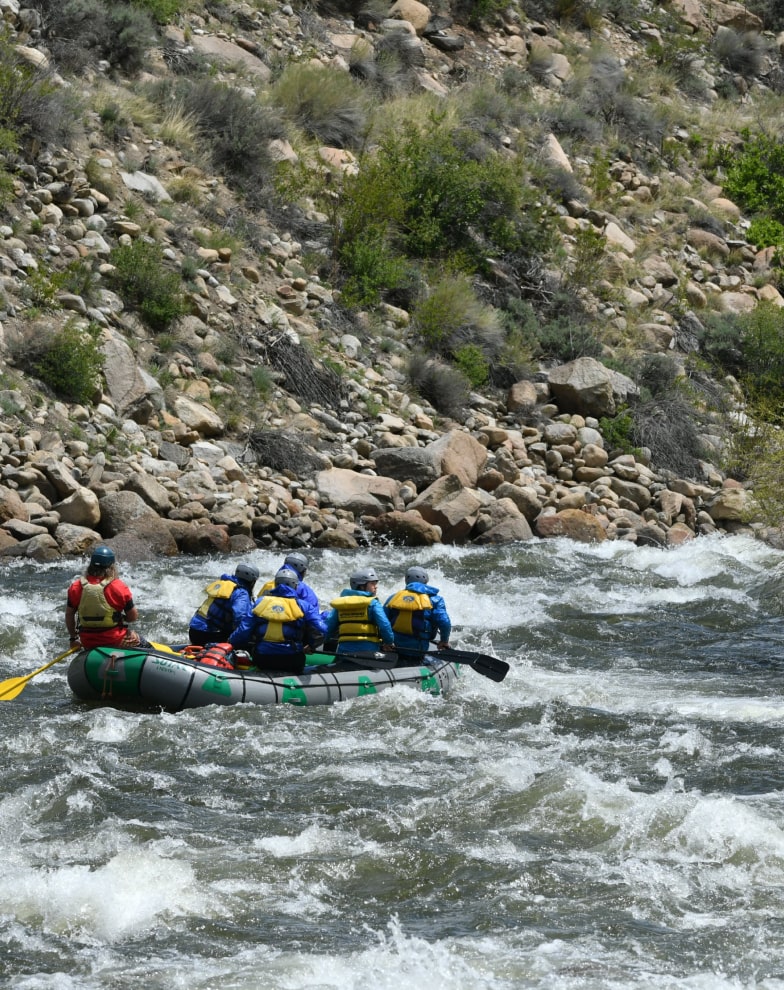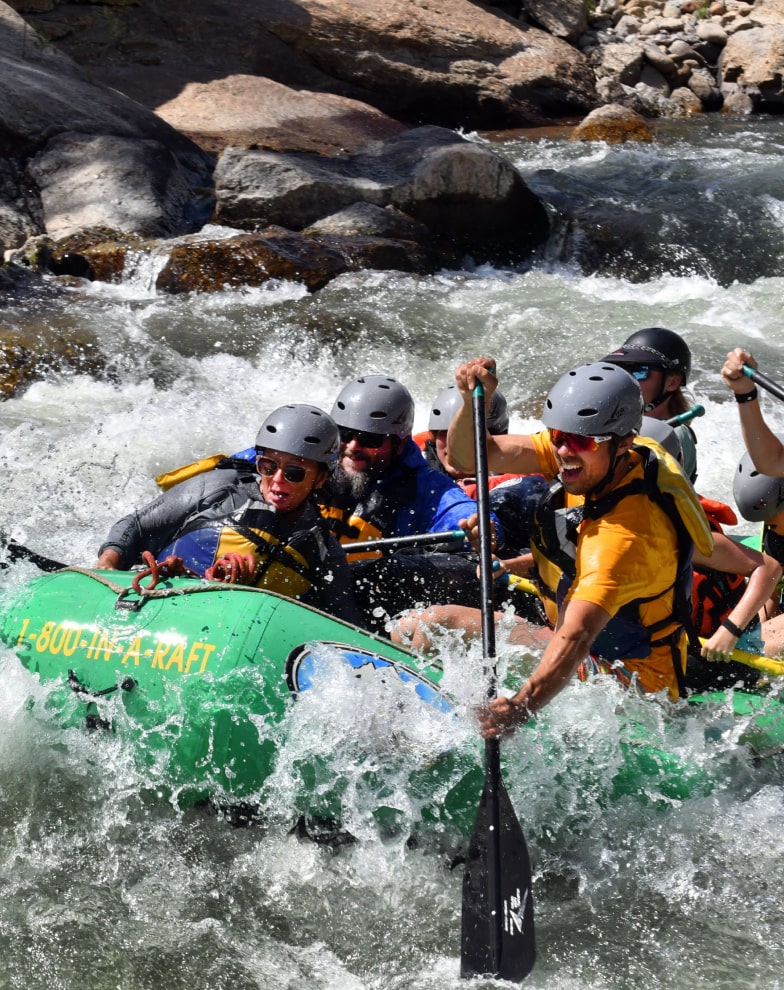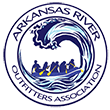If you were hoping to do some white water rafting in Colorado with the remaining days left in the summer, it is of course important to have an understanding of any river prior to making an attempt at white river rafting. It is also important to pull off and scout ahead before an expected decent into a series of rapids occur. These two precautions alone can work wonders, keep you dry and out of the water, and ensure that you remain safe. But there is one skill that can be learned through experience only, and that is the reading of river rapid features.
This skills will certainly help when scouting ahead, but if rafting were chess, scouting would be considered the strategy, where you design a plan ahead of time and act with that in mind. Once you are in the river, if anything unexpected occurs, having to avoid it would be considered a tactic. Which is an in the moment plan of action. A proper ability to read rapid features as you’re rafting is an important skill which can keep you safe, dry and happy.
So without further ado, let us describe some of the more basic features that can be noted upon a whitewater rafting trip.
Visible Rocks: If you intend on doing some Colorado rafting, you better assume there are going to be some rocks in the river. Most experienced rafters understand that rocks generally do not pose a large or significant threat. They are more than often easily spotted and avoided. Generally, if they are hit, there is little to no damage to the raft.
There are really only two things that you should have to worry about if collision occurs. One is if you become beached atop the rock or against it. This is a problem as removing a heavy raft from atop a rock amidst a raging river is no easy task. The other is if by hitting the rock you are spun about, and unable to head nose forward down the river. You dont want to enter a series of rapids heading either rear first, or especially sideways. The latter is a sure way to flip your raft over.
One important clue that a rock can give is indicate the direction a current is heading. This can be noticed by seeing which way the water is deflecting off of the rock. This is important especially when heading through narrow areas, as you’ll want to use the current to avoid certain obstacles and hazards.
Chutes: Chutes are the parts of a river where the water is smooth and flowing through a channel and is recognized by a V-shaped ripple that points downstream. This indicates a good and safe course and should be taken when noticed. If you notice a V-shaped ripple pointing upstream towards you, this is not a chute, rather it is a rock or obstacle under the water and should avoided. It is important to try and notice the direction a V-shaped ripple is heading as that can save your raft from a potential disaster.
Eddies: Eddies are an interesting feature in any river, which results from the water seething to fill the void left behind by a rock or other obstacle. Depending on the size, eddies are often very calm and the water can even appear to be standing still. These provide great resting spots, especially for a rest or to scout the next rapid ahead.
Holes: Holes are perhaps the most dangerous of all river features, they are often also referred to as ledge holes, souse holes, waves, stoppers, reversals, keepers, and pour-overs. Submerged and other large objects that are submerged can be recognized by either the smooth dome of water that is created cascading over the op, or the turbulent water created by deeper and larger rocks downstream. The waves or turbulence created are called hydraulics. There are many different types of hydraulics created which depend upon the rivers gradient, amount of water, and the dimensions of the rock
The dangerous parts to holes are the back-waves that are created. Back-waves are created by the water traveling back in on itself in these holes. In larger holes, or ledges in some cases, the back-wave can be very powerful and difficult to escape. These can be very difficult to escape, and should be avoided when possible. What end up happening is you will become stuck in a single spot where the water is churning and attempting to essentially swallow the raft. Holes are very easy to flip your raft it, which is why caution is advised.
Hazards: Any obstacle in the water should be considered hazardous and avoided if at all possible. No matter what the obstruction is, there is no need to risk the life of the raft, in case of a tear, or the potential life of a passenger in case they fell out and became entangled. You would be surprised at how slow a little bit of water needs to travel to trap you against an object. It’s not much, and once you’re pinned, theres very little that can be done to loosen yourself.
Even overhanging hazards, which normally wouldn’t present a problem can be dangerous. Tree branches are notorious for knocking people into the water, knocking sunglasses off, and jabbing at people. The most dangerous part is perhaps the potential for a branch to scratch or stab a person in the eye. They also just generally hurt to go through, and it’s hard to escape unscathed without at least a few cuts and scrapes.
If you are interested in perhaps doing some salt river rafting down the great Arkansas River, or perhaps go whitewater rafting in Colorado, than please visit Wilderness Aware Rafting to see what trips are still available this season.
